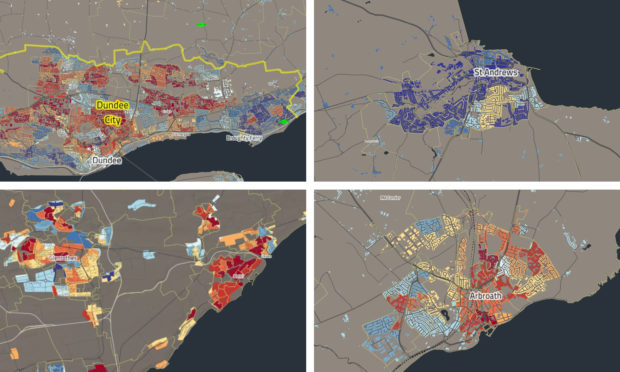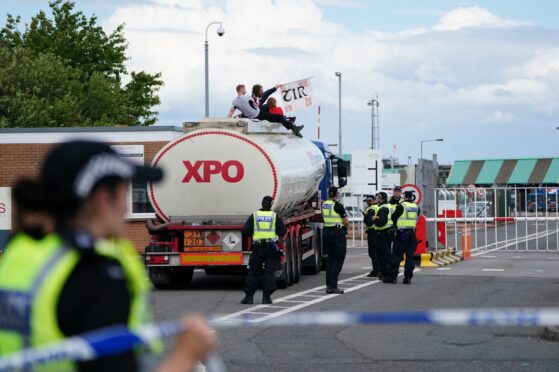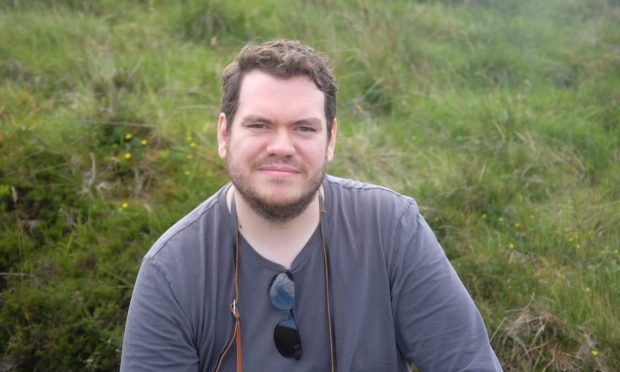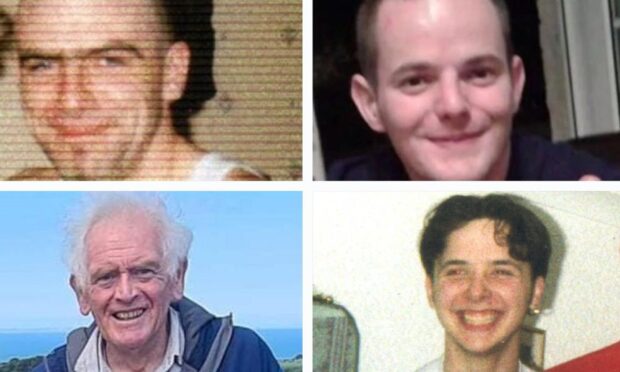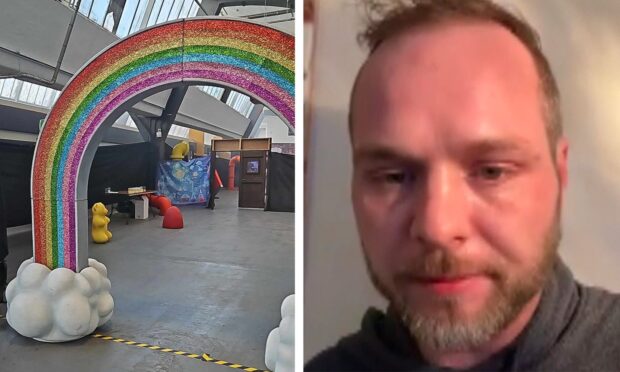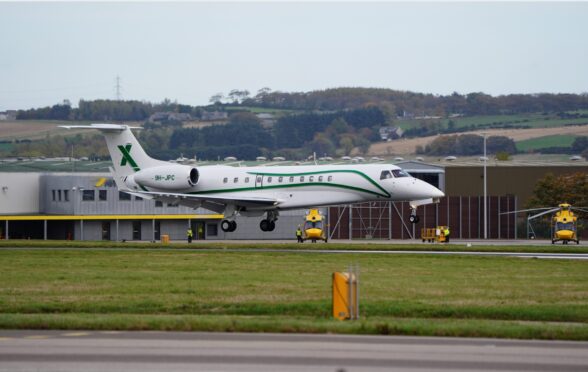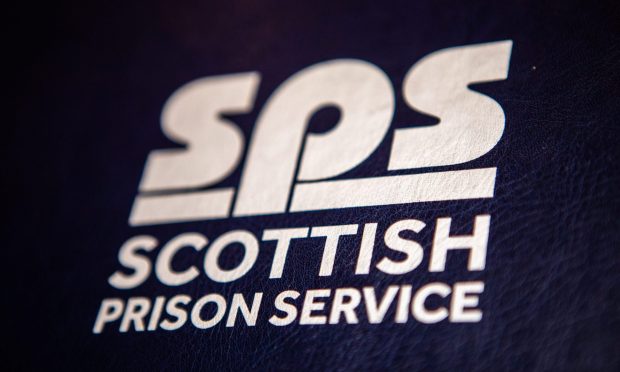Parts of Tayside and Fife are among the most deprived areas in the whole of Scotland.
The figures were revealed in the latest Scottish Index of Multiple Deprivation (SIMD) findings, which were published on Tuesday.
The Buckhaven, Denbeath and Muiredge area of Fife was ranked as the fifth most deprived area in the whole of Scotland, with Linlathen and Midcraigie in Dundee the ninth.
The SIMD figures are gathered by splitting Scotland into 6,976 small areas of between 700-800 people called “data zones”.
An interactive map of the SIMD stats can be found by clicking here.
A number of these across Tayside and Fife fell under the “5% most deprived” in the whole of Scotland.
Areas in Dunfermline, Kirkcaldy, Leven, Methil, Kennoway, Ballingry and Arbroath fell into this bracket.
In Dundee, parts of Douglas, Whitfield, Hilltown, Menzieshill, Lochee, Downfield, St Mary’s, Claverhouse and Fintry fell under the same category.
Buckhaven, the fifth most deprived area, is closer than 20 miles from St Andrews South West, which was ranked 24th least deprived.
Across Dundee, 72 areas out of 188 were in the 20% most deprived in Scotland, along with around one fifth of areas in Fife.
Stockbridge in Edinburgh was named as the least deprived part of the country, closely followed by Aberdeen’s West End (north) and Midstocket regions.
Stonehaven (north) has been listed as the 21st least deprived part of Scotland.
According to the SIMD figures, the 10 most deprived areas in Scotland are as follows:
- Greenock town centre
- Cartyne West and Haghill, Glasgow
- Paisley Ferguslie (S01012068)
- Alloa South and East
- Buckhaven, Denbeath and Muiredge (Fife)
- Cliftonville, North Lanarkshire
- Paisley Ferguslie (S01012067)
- Inverness Merkinch
- Linlathen and Midcraigie, Dundee
- North Barlanark and Easterhouse South, Glasgow
The statistics consider “multiple deprivation” and do not focus solely on income and employment. Factors taken into account also include access to services, health, quality of education, crime and housing.
SIMD is a tool used to identify the parts of Scotland where people are most disadvantaged “across all aspects of their lives”. It allows organisations to focus their efforts on the areas which need the most help and investment.
Aileen Campbell, the Scottish Government’s communities secretary, said more than £1.6 billion has been invested in supporting low-income households in the last year.
“We are tackling the underlying causes of poverty, including driving fairer wages and improving our physical and social environments,” she said.
“We are protecting the most vulnerable by providing free school meals, prescriptions, concessionary travel and free personal care and nearly doubling free childcare hours.
“This approach is backed up with decisive action in health to address alcohol consumption, reduce smoking rates, encourage active living and healthy eating.”
